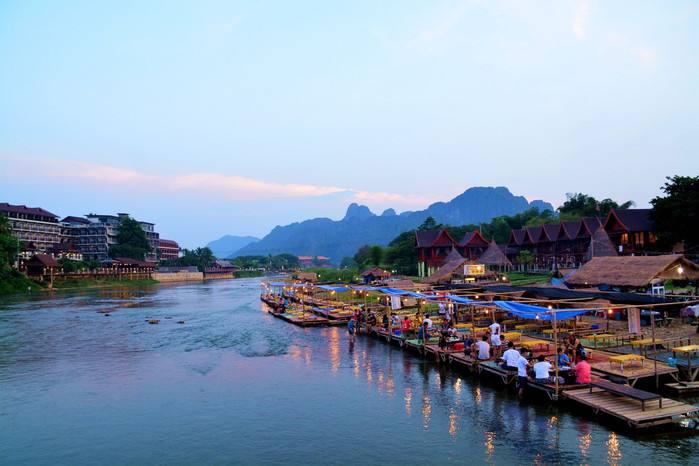VIENTIANE, Feb. 11 (Xinhua) -- Lao macroeconomic growth is projected to improve moderately in 2020, with growth of 6.3 to 6.4 percent forecast by the Center for Macroeconomic Policy Research and Economic Restructuring under the National Institute for Economic Research, a Lao state-run think tank.
This figure was revealed on Tuesday at a meeting held in capital Vientiane, to present the Assessment Report on Macroeconomic Performance in Laos and the key issues to be addressed, which was presided over by the institute’s Acting President Leeber Leebouapao.
The report identifies several key drivers of growth including electricity generation by the Xayaboury hydropower plant, which became operational in December with installed capacity of 1,285 MW.
The other main players in economic growth are small and medium-sized enterprises and agriculture, local daily Vientiane Times reported quoting the report.
Alongside the contribution of the Xayaboury hydropower plant, more hydro plants will continue to support economic growth through the sale of electricity, the report noted.
But economic growth will also face challenges. Extreme weather events in 2019 and low river levels posed a significant threat to agriculture in 2019 and will continue to affect electricity generation in the first five months of 2020.
Lao economic growth was recorded at six percent in 2019 as the economy was affected by various factors, of which the effect of natural disasters on agriculture was significant.
In addition, electricity generation by some existing hydropower plants has not reached expected targets. Output in the mining sector has dropped slightly, there have been fewer government-funded projects, and there has been no increase in Foreign Direct Investment, according to the report.
In contrast, the tourism industry experienced growth of 14 percent in 2019, with about 4.7 million people visiting Laos.
The Center's Director General, Sthabandith Insisiengmay, said the Lao government will need to make the most of its capacity to resolve economic problems and other challenges. “The burgeoning tourism and agriculture sectors will enable the government to benefit more from regional and international integration,” he said, adding that success in agriculture would require prioritization of livestock and crop farming within existing market segments.
The production of clean and processed agricultural products should also be prioritized to meet the needs of domestic consumption as well as export to regional markets in the near future.




 A single purchase
A single purchase









